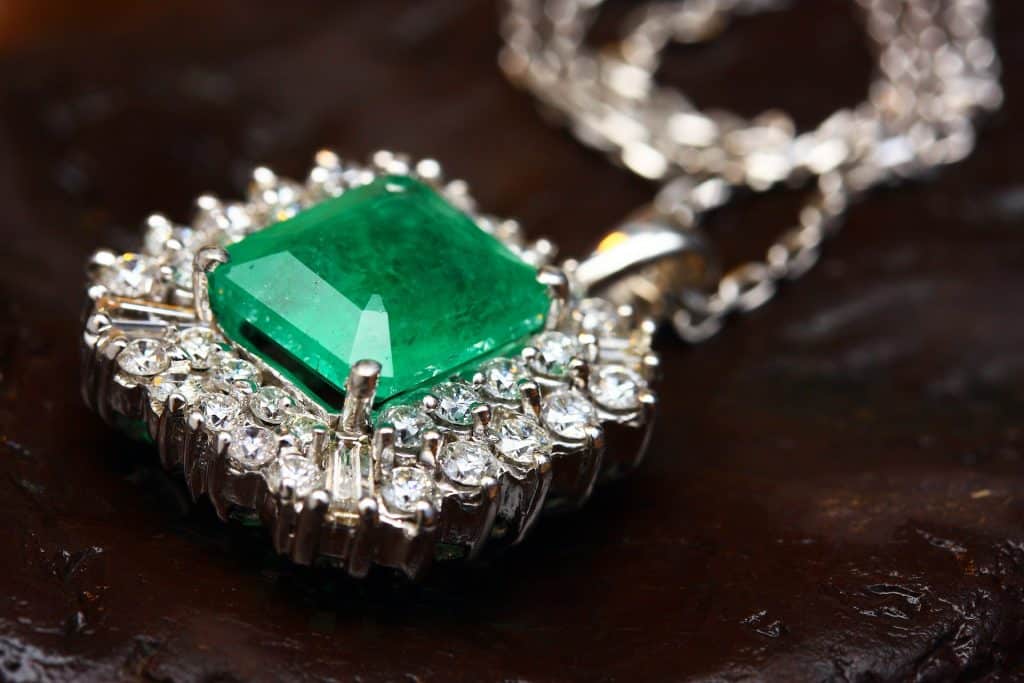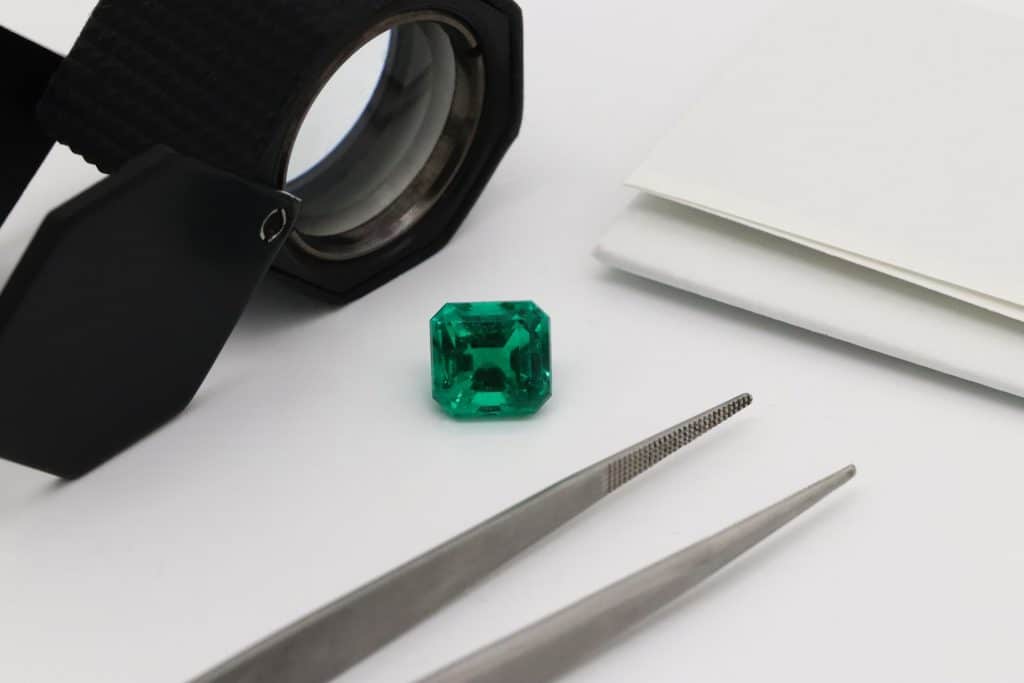Irish jewelry is renowned for its craftsmanship, which combines traditional artisan techniques with modern manufacturing processes.
The Irish craftsmanship behind traditional jewelry pieces showcases Irish jewelers’ heritage, skill, and creativity.
To better understand the craftsmanship involved in Irish jewelry, from artisan workshops to modern techniques, here is a brief overview:
Artisan Workshops
Traditional Irish jewelry craftsmanship usually begins in artisan workshops. Skilled jewelers and craftspeople meticulously create jewelry pieces by hand.
Still, they will use traditional tools and techniques that have been passed down through generations.
These workshops are famous due to their great attention to detail, intricate and symbolic designs, and dedication to preserving the traditional Irish jewelry-making heritage.
This type of jewelry draws inspiration from Celtic and Irish influences, such as mythology and various ancient symbols.
For example, you can commonly witness intricate knotwork, crosses, spirals, Claddagh symbols, and motifs inspired by nature incorporated into these jewelry designs.
All of these elements ultimately reflect the rich cultural heritage of Ireland and give Irish jewelry its distinct and unique identity.

Metalworking and Gemstone Setting
Metalworking is a fundamental aspect of Irish jewelry craftsmanship. Traditional Irish jewelers will work with various metals that range from gold, silver, and platinum.
Jewelers will skillfully shape and manipulate the metal through techniques such as soldering, engraving, forging, and filigree work to create intricate patterns, textures, and settings for gemstones.
Gemstone setting is in itself an essential skill in Irish jewelry craftsmanship.
Jewelers will carefully set specifically selected gemstones that hold various meanings in Irish traditions into the metalwork.
Among the most important aspects of this process is ensuring that the gemstone is secure, enhances the overall design, and conveys the right symbolism if other motifs are present.
Prong, pave, or bezel settings are commonly used to showcase gemstones such as sapphires, emeralds, diamonds, and other birthstones.

Filigree and Wirework
Filigree involves intricately shaping and interweaving fine metal wires to create delicate patterns and designs, while wirework techniques, such as wire wrapping and weaving, are used to add decorative elements and enhance the overall aesthetic beauty and appeal of the jewelry.
Filigree requires extreme precision and patience to achieve remarkable levels of detail. Both filigree and wirework techniques are widely used in Irish jewelry crafting.

Modern Irish Jewelry Manufacturing Techniques
Even though traditional artisan workshops continue to thrive nowadays, modern manufacturing techniques are also implemented in Irish jewelry production. Jewelers use all sorts of technologies in their creation process, such as:
- Computer-aided design (CAD)
- Computer-aided manufacturing (CAM)
These innovations help jewelers create precise and intricate jewelry designs with greater consistency, efficiency, and the ability to produce designs that would otherwise be very challenging to accomplish by hand.
In some instances, Irish jewelers collaborate with designers to bring fresh perspectives and contemporary ideas into their craft while experimenting with new materials.
Through modern aesthetics and the usage of traditional techniques, Irish jewelry has become even more relevant today since it appeals to a broader audience.
Each piece undergoes strict quality control before reaching the market.


